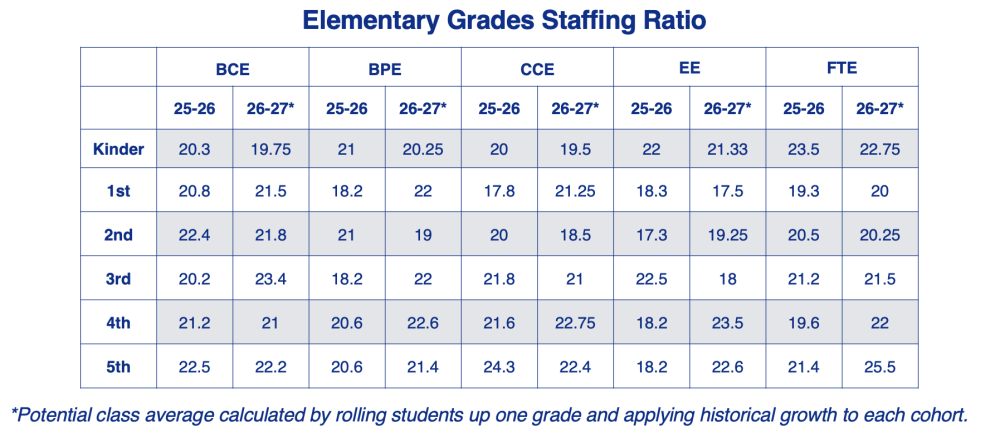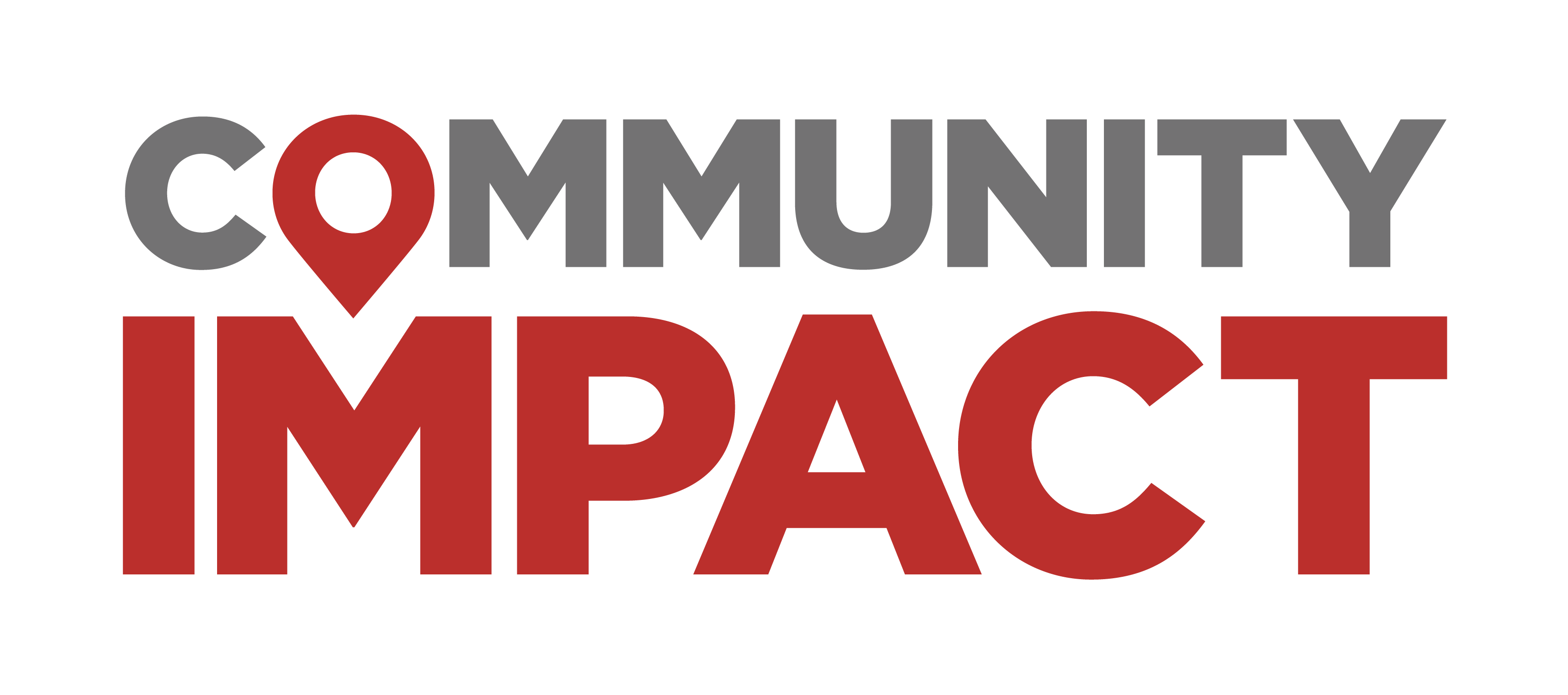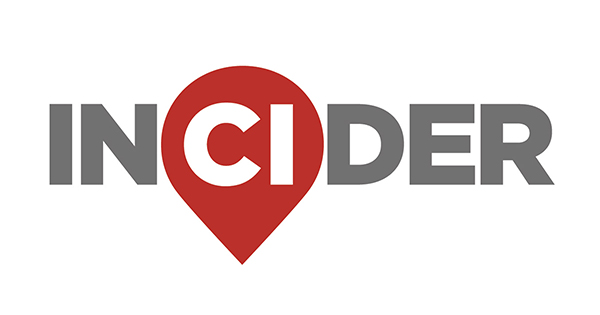Remember this?
The board previously discussed five possible budget optimization actions at its Oct. 21 board meeting, including:
- A voter-approval tax rate election, or VATRE, which would increase the tax rate above the voter-approved rate to adopt up to nine "copper pennies." This mechanism garners additional state funding through the increased rate, but millions of those dollars are subject to being recaptured by the state.
- Increasing local revenues through facility rental rates, creating online courses and adding transfer students
- Adjusting staffing structures
- Reducing or eliminating district programs and services
- Pausing part or all salary increases for one budget cycle
EISD is tracking to have a $5 million to $6 million budget shortfall next year if no action is taken, Scott said.
"We're going to present several things that will impact students, but what we're trying to do is make it indirect as possible and impact those students as little as we can," Scott said.
Latest update
According to Scott, the four reduction packages being considered include:
- Package 1: $5.5 million-$6.6 million in savings through revenue increases, staffing optimization, program reductions and a salary freeze
- Package 2: $4.7 million-$5.8 million in savings through revenue increases, staffing optimization and program reductions, but includes a 1% salary increase
- Package 3: $5 million-$5.9 million in savings through revenue increases, staffing optimization and a five-penny VATRE, providing a 2% staff raise if passed
- Package 4: $6.7 million-$7.6 million in savings through revenue increases, staffing optimization and a nine-penny VATRE, providing a 2% staff raise if passed
This option would first focus on noninstructional roles in order to limit campus impact, Lee said.
"Once we do make some reductions at central administration, these duties still have to be done, ... so we will be redistributing those duties to existing staff," Lee said.
However, staffing ratios would also be adjusted through this option, said Chad Burnett, executive director of teaching and learning.
This would also happen through natural attrition, he said, and would include:
- Maintaining 1 teacher to 22 students in K-2
- Shifting to 1 teacher to 23 students in third grade
- Shifting to 1 teacher to 24 students in fourth grade
- Shifting to 1 teacher to 25 students in fifth grade

The $1 million-$1.2 million estimated savings from reducing various district programs or services came from evaluating and determining which would be least impactful if eliminated, Burnett said.
Currently, this option is looking at areas that could be consolidated, restructured or scaled back to be more efficient, Burnett said.
"If you're thinking that was somewhat vague, it was, and it was intentional," interim Superintendent Tom Trigg said. "If you scale back [or] eliminate a program, it's significant change for those people involved. We really didn't want to talk about that publicly until we had a chance to talk to those individuals."
What they're saying
Trustee Laura Clark considered supporting a VATRE at the last board meeting but has since said the election would not be "fiscally responsible" to taxpayers, especially if EISD still tried to go for a bond in 2027.
"I liked the idea that it was the one option that was in that outside ring and kept the cuts away from our students," Clark said. "[But] we would end up right back here again if it did fail. We do want to do this transformative bond, and I think it would be very difficult—pass or fail—to turn around in a very short time period and get everybody on board for a large bond."
Looking ahead
The board is expected to vote on a budget optimization plan its Jan. 27 board meeting.





